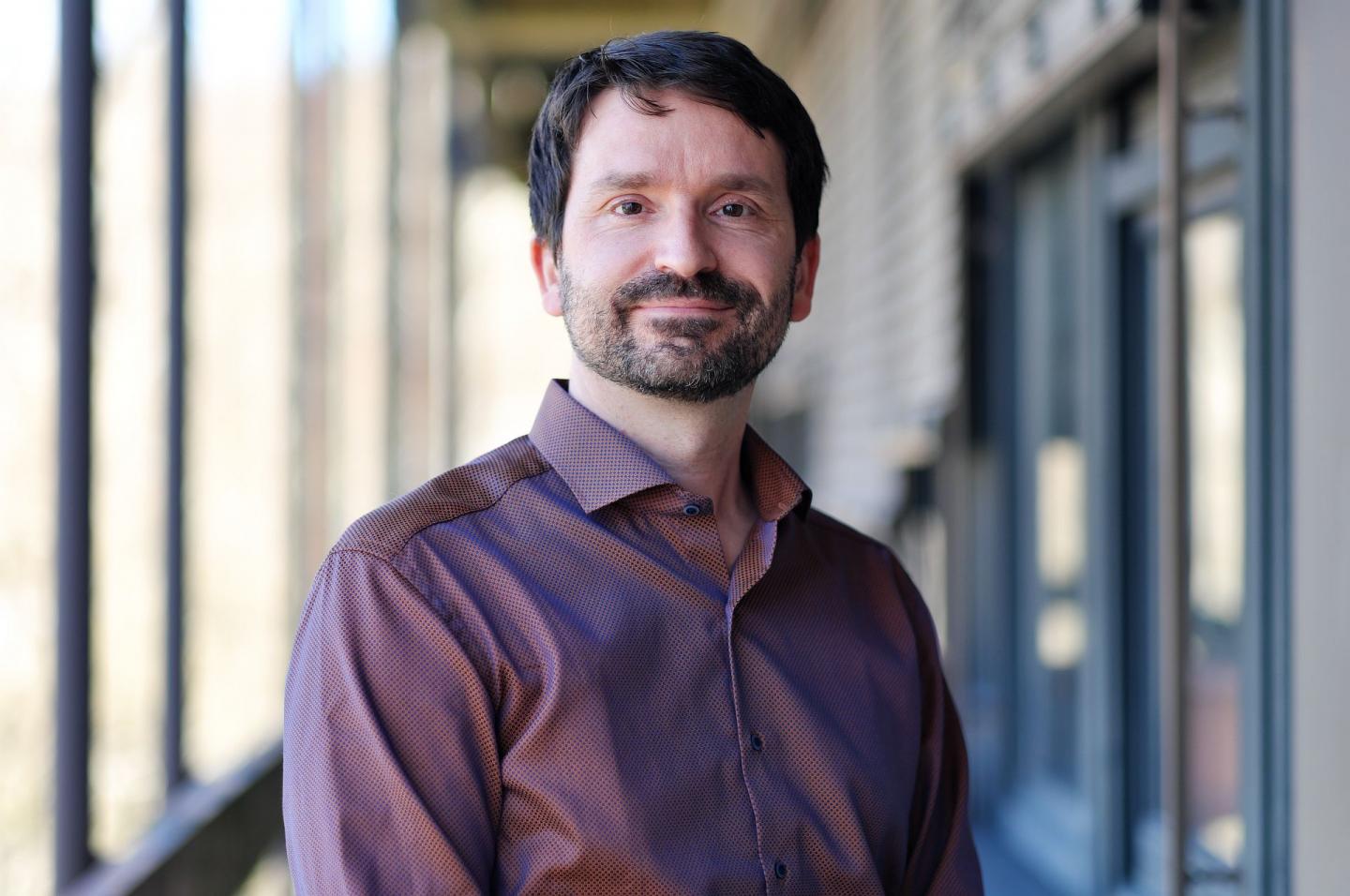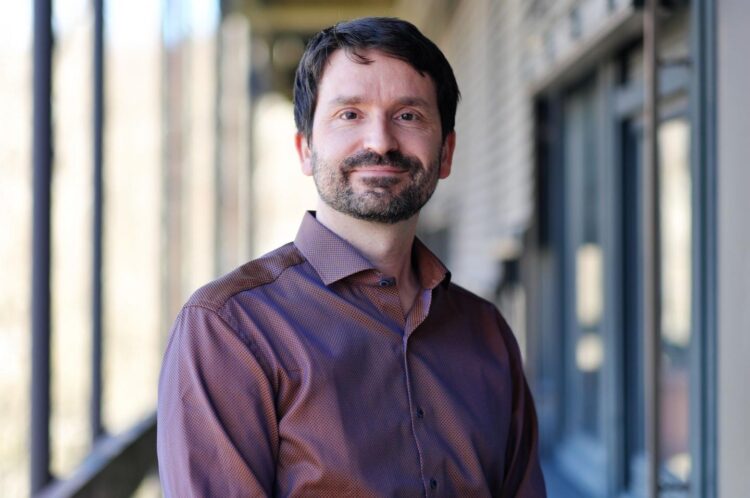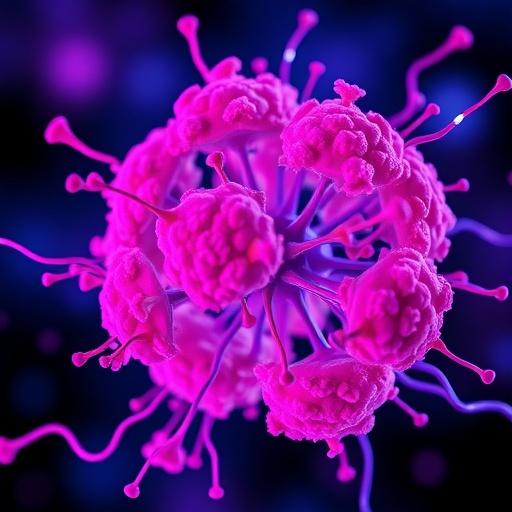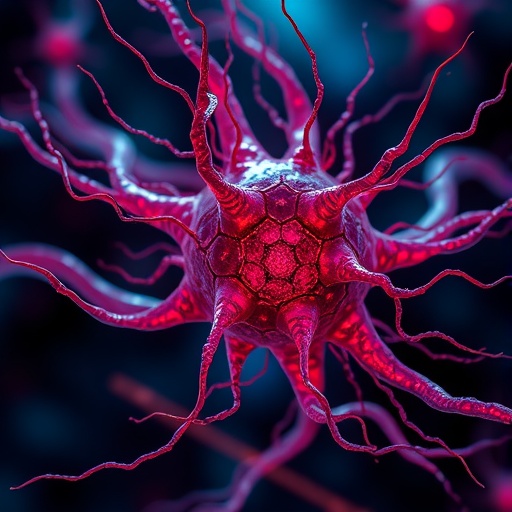
Credit: Thorsten Mohr
There are many different types of cancer, but they all have one thing in common: errors in the signals that control normal cell behaviour can cause uncontrolled cell growth and cell division, leading to a tumour. An enzyme called SHP2 plays a key role in this regard. SHP2 is a signalling molecule that in its activated state stimulates cell proliferation. In a normal healthy body, the rates of cell proliferation and cell death are balanced and tumours do not develop. However, if SHP2 becomes too active, the number of cells being created outweighs the number that die, which can lead to the formation of dangerous tumours. Enhanced SHP2 activity resulting from genetic mutations has been shown to play a central role in a number of types of leukaemia.
‘It would be of immense value if we could effectively inhibit the SHP2 protein. But if you want to inhibit something, you first have to find out how it is activated,’ says Jochen Hub, explaining the issue at the core of this long-standing scientific puzzle. Hub, Professor of Theoretical Physics at Saarland University, specializes in molecular dynamics simulations and his group develops computer models of biological processes. Hub and his research colleague Dr. Massimiliano Anselmi, who is the lead author of the research paper, have been able to simulate the SHP2 activation mechanism.
The two researchers made a surprising discovery: ‘Over the last twenty years, there has been a consensus amongst experts that SHP2 is activated when a closed binding pocket on the SHP2 protein opens when a peptide docks onto this binding site.’ A simple comparison would be opening a closed door (the ‘binding pocket’ or ‘binding cleft’ as it is also known) with a key (the peptide). However, no one has managed to produce clear experimental evidence that confirms this theoretical conjecture.
‘We’ve now been able to show that the model simply isn’t right’, explains Jochen Hub. ‘It turns out that the binding pocket is not actually closed, and so cannot be opened by the peptide.’ The sophisticated simulations carried out by the Saarbrücken research team show that it is in fact other structures in the SHP2 molecule that open in the presence of the peptide. These flexible structures, known as beta sheets, play the role that scientists had for so long erroneously attributed to the binding pocket. When the peptide ‘key’ is ‘inserted’, the beta sheets open, changing the shape of the SHP2 molecule and thus causing it to become activated.
‘This finding is of considerable significance. Because we now know that the binding pocket is not the crucial site for SHP2 activation, it may be possible to develop much more targeted agents that can prevent the activation of SHP2,’ says Jochen Hub when describing the consequences of decoding the activation mechanism. As a result of this research work, Hub and particularly Massimiliano Anselmi have now opened the door for novel therapeutic approaches to treating certain forms of cancer. The Saarbrücken simulation specialists are hoping to collaborate with experimental teams to corroborate their findings.
###
The study „The loops of the N-SH2 binding cleft do not serve as allosteric switch in SHP2 activation” was published today in the highly respected journal PNAS: https:/
Media Contact
Jochen Hub
[email protected]
Related Journal Article
http://dx.





